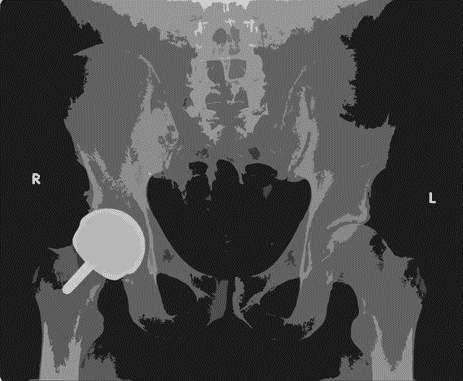Hip Resurfacing Problems: Maker Knew of 40% 5 Year Failure Rate for Metal on Metal Implant

Scary hip resurfacing problems surface regarding what the makers knew! The hip replacement side effects train just keeps rolling. In fact, you just can’t seem to make this stuff up when it comes to hip resurfacing. Just a few years ago, I remember patients telling me that they were interested in a “minimally invasive” hip resurfacing surgery and curious about what I thought. At the time, it was known as the “Birmingham Hip”. The concept was that a much smaller device would be inserted into the hip (which was the minimally invasive part). I always thought this was interesting, as in other areas of medicine, minimally invasive refers to a needle or catheter based procedure (for example cardiac stenting instead of open heart surgery), but here it was referring to a smaller big surgery. Then problems began to surface with hip resurfacing. Then more problems were reported. Then it turns out that the devices really don’t help patients. Finally, yesterday the NY Times reported that Johnson and Johnson (Dupuy) knew that 40% of the hips they were making would fail in 5 years time! What’s interesting about that is that almost all the patients I spoke to were expecting 15 years in exchange for going with a smaller version of a very big surgery. Apparently the cracks in the metal on metal hip armor began to show when a UK registry began reporting early failures. This made sense, as some of the first uses of the hips were in England (hence the term “Birmingham Hip”). About 93,000 patients worldwide received this specific Dupuy implant, about one-third of them in the United States. The upshot? How many other devices out there have similar failure rates? I have blogged on the fact that none of the knee or hip devices have been designed to take the stresses of younger and active patients. More wear equals more wear particles, which have been shown to be a consistent problem. These wear particles end up in the patient’s blood stream and while they can be reduced, they can never be completely eliminated, it’s just simple physics.

NOTE: This blog post provides general information to help the reader better understand regenerative medicine, musculoskeletal health, and related subjects. All content provided in this blog, website, or any linked materials, including text, graphics, images, patient profiles, outcomes, and information, are not intended and should not be considered or used as a substitute for medical advice, diagnosis, or treatment. Please always consult with a professional and certified healthcare provider to discuss if a treatment is right for you.
